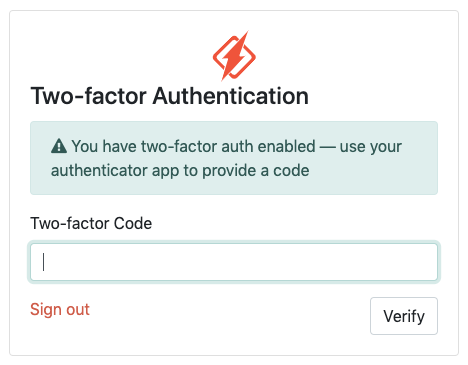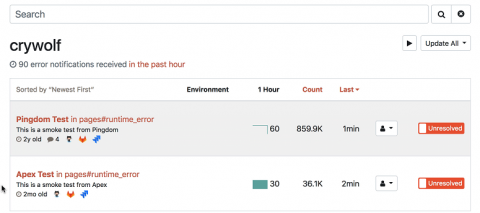How We Migrated To Turbolinks Without Breaking Javascript
It's 2019, so we decided it was time to take a more modern approach to the Honeybadger front end. We implemented Turbolinks! This is only the first step on an ambitious roadmap. In 2025 we plan to migrate to Angular 1, and we'll finish out the decade on React unless we run into any roadblocks! But let's get real. Honeybadger isn't a single page app, and it probably won't ever be. SPAs just don't make sense for our technical requirements.








